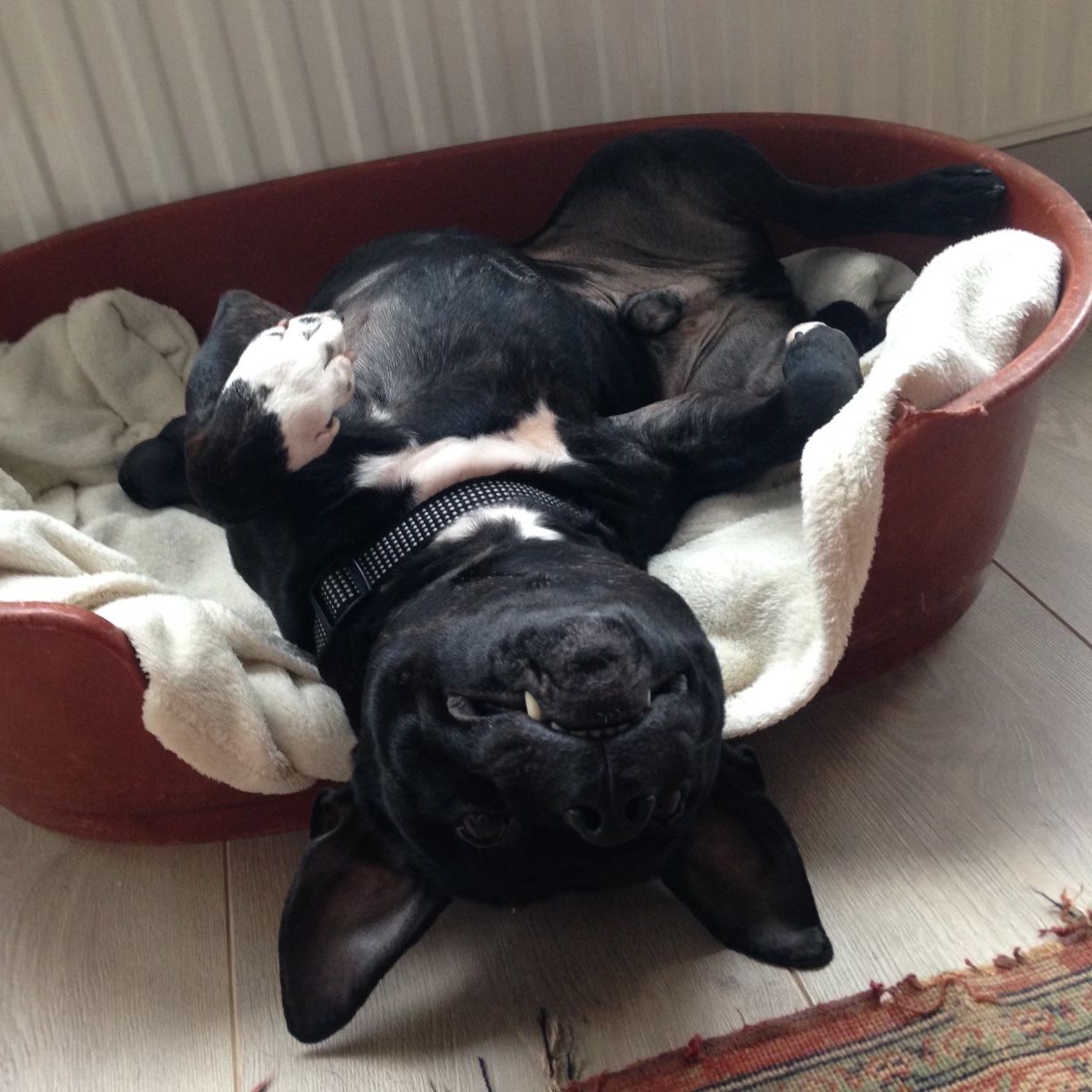Kate's Dog School Blog
Kate Stallworthy | 2025
Easing seperation anxiety
Our dogs are devoted members of our families and it's heart-wrenching to see them distressed when we have to leave them alone. Ideally, separation training would be tackled in the juvenile puppy period, helping them grow into confident and resilient adult dogs.
However, separation anxiety is a common issue among adolescent and adult dogs, causing them stress and worry when separated from their owners. With patience and understanding, you can help your dog cope better with being on their own. Here are some practical and effective tips to support your dog through separation anxiety, ensuring their well-being and happiness.
Introduce gradual departures and returns:
One of the first steps to address separation anxiety is to gradually accustom your dog to your departures and returns. Begin by leaving your pup alone for short periods, even if you're just stepping outside for a few minutes. Slowly extend the duration of your absence over time, ensuring you come back before your dog gets overly anxious. By doing this, you teach your dog that your departures are temporary.
Create a safe and comfortable space just for them:
Designate a dedicated space for your dog when you're not at home. This area should be cozy and inviting, with familiar items such as their bed, toys and other forms of mental enrichment such as stuffed kongs. Whether it's a quiet corner or a dog crate, this positively reinforced space will provide a sense of security for your pet, helping them feel more at ease during your absence.
Engage in mental and physical stimulation:
Boredom can exacerbate separation anxiety in dogs. To keep their minds occupied and prevent negative behaviours, provide mental and physical stimulation before leaving. Engage in playtime, take them for a walk or use interactive toys and puzzles to challenge them with mental stimulation. An enriched and content dog is less likely to experience distress when left alone.
Gradually desensitise departure cues:
Dogs are incredibly perceptive and can pick up on cues that signal you're about to leave, such as grabbing your keys or putting on your shoes. To reduce your dog's anxiety triggers, practice these actions without actually leaving the house. Over time, your dog will become desensitised to these cues, lessening the association between them and your absence.
Understanding your dog
Separation anxiety can be a challenging ordeal for both you and your beloved dog. However, with consistent effort and a few key strategies, you can help your furry friend overcome this anxious state.
Kate's Dog School can help you with gradual departures and returns, creating a safe and positive space, providing mental and physical stimulation and desensitisation to departure cues.
These crucial steps can ease your pal's separation anxiety and are tailored to meet the individual needs of your dog. With your care and dedication, your dog can feel more secure and comfortable when you're not around, leading to a happier and healthier bond between you both.

Book your free consultation today to discuss your dog's separation anxiety
Follow me
@katesdogschool
OPENING HOURS
- Mon - Fri
- -
- Saturday
- -
- Sunday
- Appointment Only




































































































